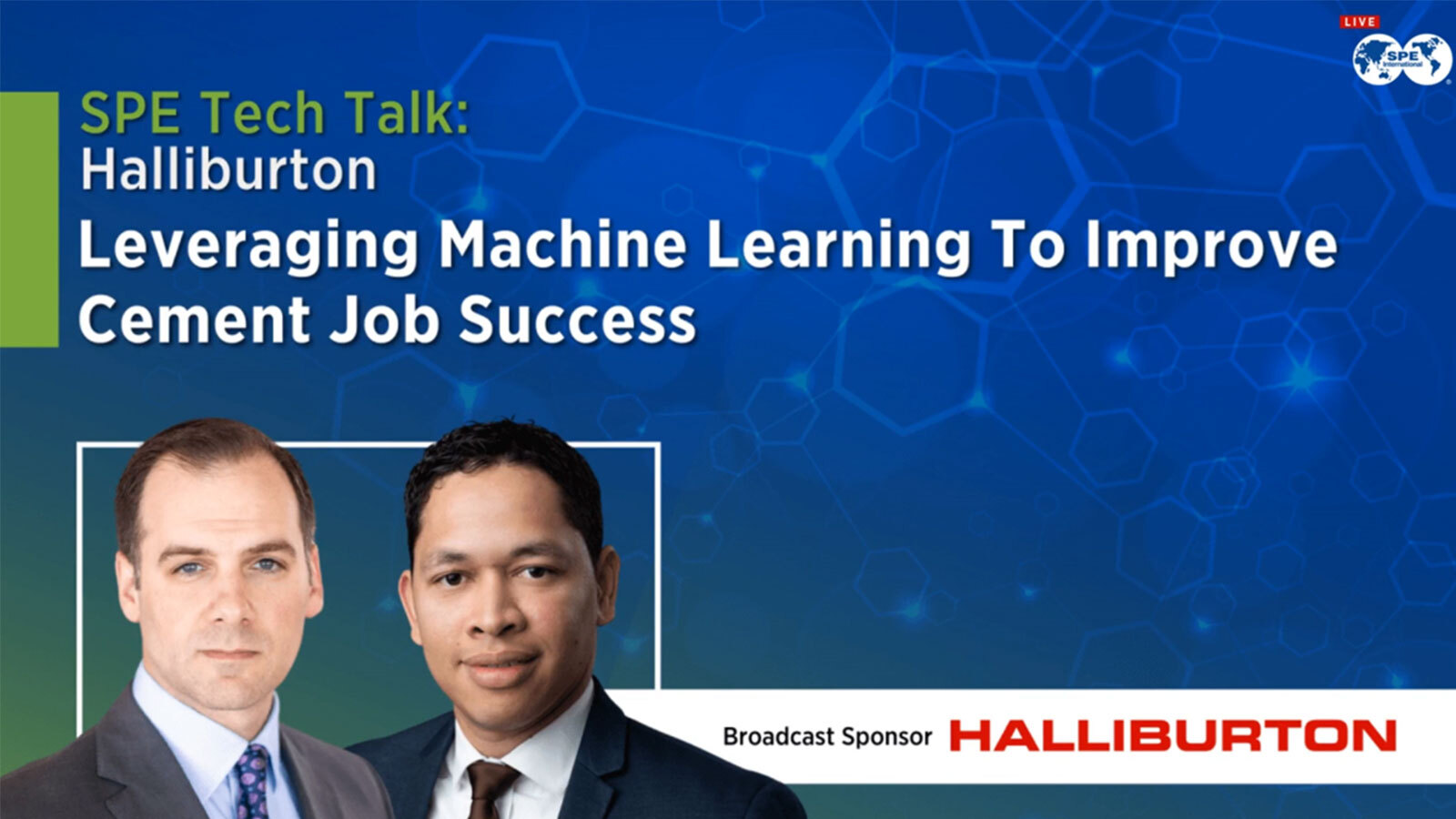 Search
Search
 Search
Search

Tailored design decisions employed by machine learning to improve operational success probability.
Talk to an expertTo enhance operational success probability, Halliburton has integrated the machine learning based Barrier Advisor™ model into our Verified Integrated Design Application (VIDA) platform. The Barrier Advisor model enables engineers to visualize design decisions (i.e., best practices) in similar jobs across the globe, receive a score for their job design based on these decisions, then tailor best practices to improve their job’s score. This feature allows an engineer to identify which decisions positively impact the end job execution and performance, to thereby improve the probability of operational success.
Integratation into the VIDA platform enables access to constantly growing data from thousands of jobs across the globe.
The model identifies similar jobs, which in machine learning is referred to as "nearest neighbors", using a clustering approach based on similar well conditions. This approach enables the transferability of job design knowledge from similar jobs across the globe.
A score based system indicates the extent of risk mitigation achieved with the job design and provides nearest neighbor scores for job design comparison and evaluation.
The model computes and displays each job’s score to guide job design improvement based on best practices. The entire job design process is expedited, digitalized, and automated. This process accelerates engineer development and enhances the probability of operational success.
Employing historical data-driven machine learning models to aid in operational risk mitigation has a critical impact on optimum job execution. Integrated into VIDA, the Barrier Advisor model has access to constantly growing data from thousands of historical jobs across the globe. Every design decision has a corresponding Cement Dependability Index (CDI) response, which is used to calculate a score for any given set of design parameters for a specific job. The model identifies similar jobs, which in machine learning is referred to as "nearest neighbors", using a clustering approach based on similar well conditions. Additionally, the model computes and displays each job’s score. Evaluating these scores allows an engineer to visualize the critical CDI responses from nearest neighbors and modify the current job design decisions to improve the job score and, ultimately, its execution.
Barrier Advisor is a robust model due to the volume of cementing jobs Halliburton executes globally and the VIDA digital platform that holds all of the historical job data. With new jobs constantly added, the historical pool of data increases daily. Thus, the model’s learning ability increases while the gap on operational unknowns decreases.
Recommendations from the Barrier Advisor model, which use a combination of science-based algorithms and global historical jobs’ data-driven models, are more robust in mitigating risks from operational unknowns compared to job specific models. Barrier Advisor enables the evaluation and identification of job design decisions that positively impact the end job execution and performance, to thereby improve the probability of operational success.
SPE Tech Talk
Learn how the Halliburton machine learning Barrier Advisor model employs historical data to determine which practices are the most impactful to a cement job to improve the probability of operational success.

